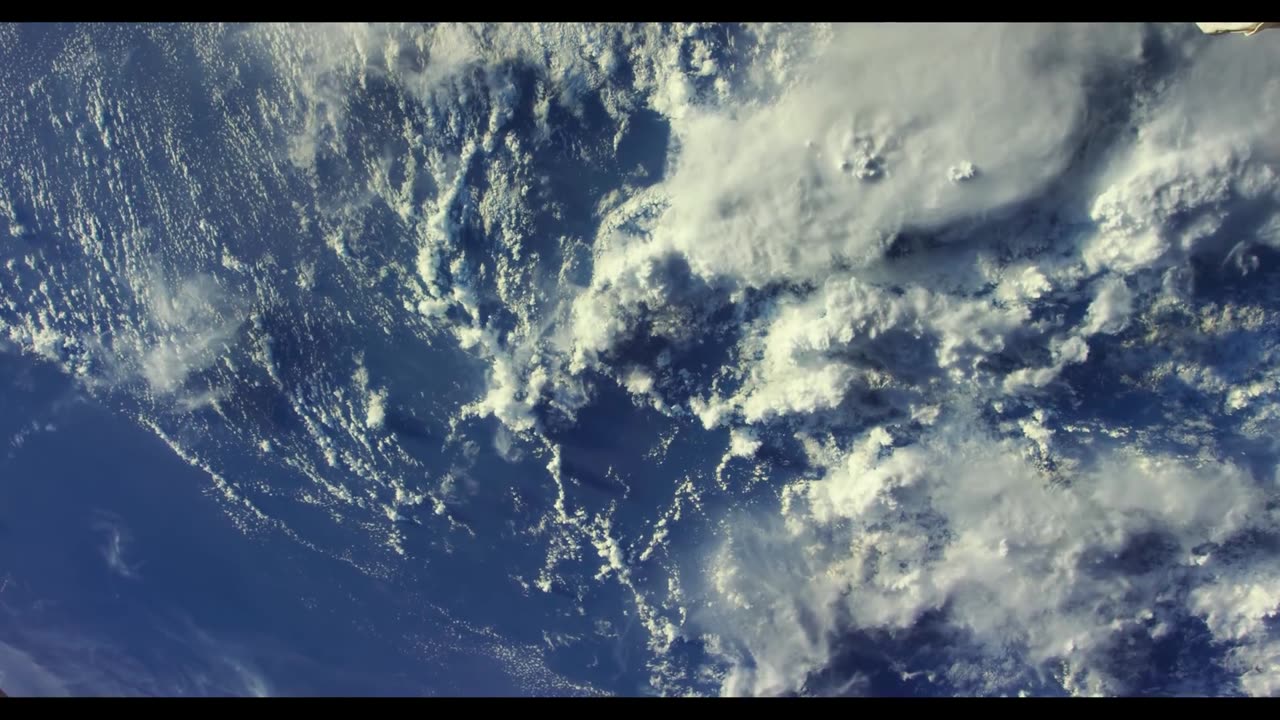Premium Only Content

#EARTH from international space station #ISS #BLUE PLANET.
The manned low Earth orbit platforms (MLEOPs), e.g., the U.S. and Russia’s human space vehicles, the International Space Station (ISS) and Chinese Tiangong-1 experimental space laboratory not only provide laboratories for scientific experiments in a wide range of disciplines, but also serve as exceptional platforms for remote observation of the Earth, astronomical objects and space environment. As the early orbiting platforms, the MLEOPs provide humans with revolutionary accessibility to the regions on Earth never seen before. Earth observation from MLEOPs began in early 1960s, as a part of manned space flight programs, and will continue with the ISS and upcoming Chinese Space Station. Through a series of flight missions, various and a large amount of Earth observing datasets have been acquired using handheld cameras by crewmembers as well as automated sophisticated sensors onboard these space vehicles. Utilizing these datasets many researches have been conducted, demonstrating the importance and uniqueness of studying Earth from a vantage point of MLEOPs. For example, the first, near-global scale digital elevation model (DEM) was developed from data obtained during the shuttle radar topography mission (SRTM). This review intends to provide an overview of Earth observations from MLEOPs and present applications conducted by the datasets collected by these missions. As the ISS is the most typical representative of MLEOPs, an introduction to it, including orbital characteristics, payload accommodations, and current and proposed sensors, is emphasized. The advantages and challenges of Earth observation from MLEOPs, using the ISS as an example, is also addressed. At last, a conclusive note is drawn.
-
 11:27
11:27
Reforge Gaming
12 hours agoThe GTA 6 Problem
17.1K2 -
 1:24:23
1:24:23
Kyle Rittenhouse Presents: Tactically Inappropriate
11 hours ago $0.95 earnedThe Lawman
8.32K1 -
 10:36
10:36
Clownfish TV
11 hours agoMSNBC and Rachel Maddow NEED Trump to Stay in Business...
18.3K3 -
 4:10
4:10
PerpetualHealthCo
18 hours agoFDA Bans Red Dye No.3
4.13K1 -
 59:57
59:57
Trumpet Daily
20 hours ago $3.73 earnedRemembering Herbert W. Armstrong - Trumpet Daily | Jan. 16, 2025
6.91K14 -
 26:07
26:07
The Lou Holtz Show
14 hours agoThe Lou Holtz Show S 2 Ep 1 | Tony Rice on Championship Leadership and Notre Dame Legacy #podcast
14.3K -
 53:37
53:37
Weberz Way
14 hours agoGOODBYE JOE, TRUMPS CABINET, LA FIRES, & KEEP TIKTOK
8.48K -
 3:07:17
3:07:17
Alex Zedra
11 hours agoLIVE! New Game | Exorcism!??
36K4 -
 6:00:06
6:00:06
SpartakusLIVE
14 hours agoThe Conqueror of Corona || Delta Force LATER
86.8K3 -
 2:17:30
2:17:30
barstoolsports
16 hours ago$250k Winner Revealed With Final Votes And Reunion | Surviving Barstool S4 Finale
136K9